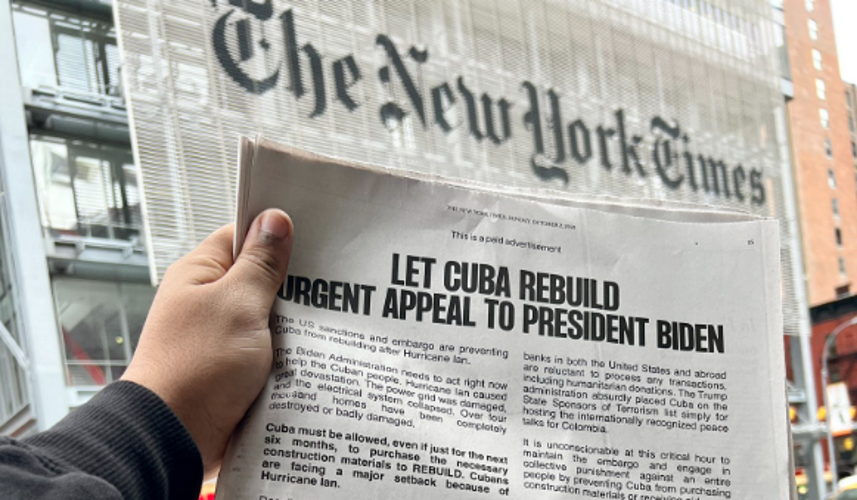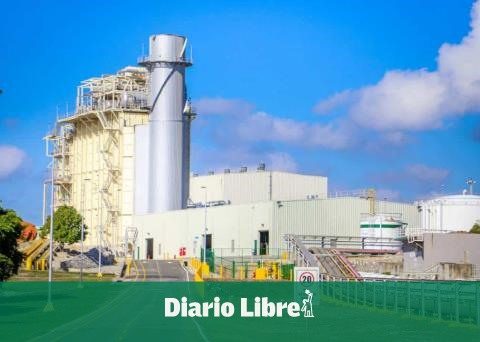Recently, the Ministry of Mines and Energy, as well as the Ministry of Finance, reported last Friday that the price of gasoline would increase by $200 from Saturday.
This measure responds to a commitment assumed by the government to work to reduce the deficit of the Fuel Price Stabilization Fund.
(Read: With new regulation biodiesel will help fuel deficit).
With this adjustment the prices in national average becomes $9,380. By cities, this increase would be as follows: Bogotá, $9,723; Cali: $9,762; Barranquilla $9,408 (see graph). In the case of the cities located in the Border Zone (Pasto and Cúcuta), its price is lower, since some national taxes do not apply.
This is the first of a series of three increases that will be made in the last months of the year, according to what was expressed by José Antonio Ocampo, leader of the Treasury portfolio.
This hike will only be for gasoline, in line with what President Gustavo Petro had indicated. This means that the maximum price of the other fuel, diesel, in force at the national level it stands at $9,018 in the 13 major cities.
The portfolios highlighted that if the Fund had not been balancing the price of fuel, in the case of gasoline, its price would be on average $6,400 higher than the current average and in the case of diesel it would be about $10,000.
(Also: Who wins and who loses with the rise in gasoline).
Gasoline price increase
istock
For this year, the Autonomous Committee of the Fiscal Rule estimated that this year the deficit of this fund would be $34 billion. With the three increases proposed by the government of $200 just for gasoline, the correction in this debt would be $600,000 millionexplained Andrés Velasco, technical director of the entity.
If the rise is sustained for the next 15 months, the correction will be $9 billion, with which the Fepc’s 2023 debt would be $29.5 billion, he concluded.
(Read: Gas, fuel and energy, sectors that will receive more subsidies).
Ocampo pointed out that it is likely that the Acpm will also have to be adjusted the following year as inflation shows signs of easing, which would help close the gap more quickly.
Daniela Morales Soler















